Mayor of the moment
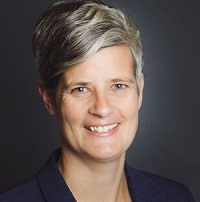
Lisa Helps Victoria
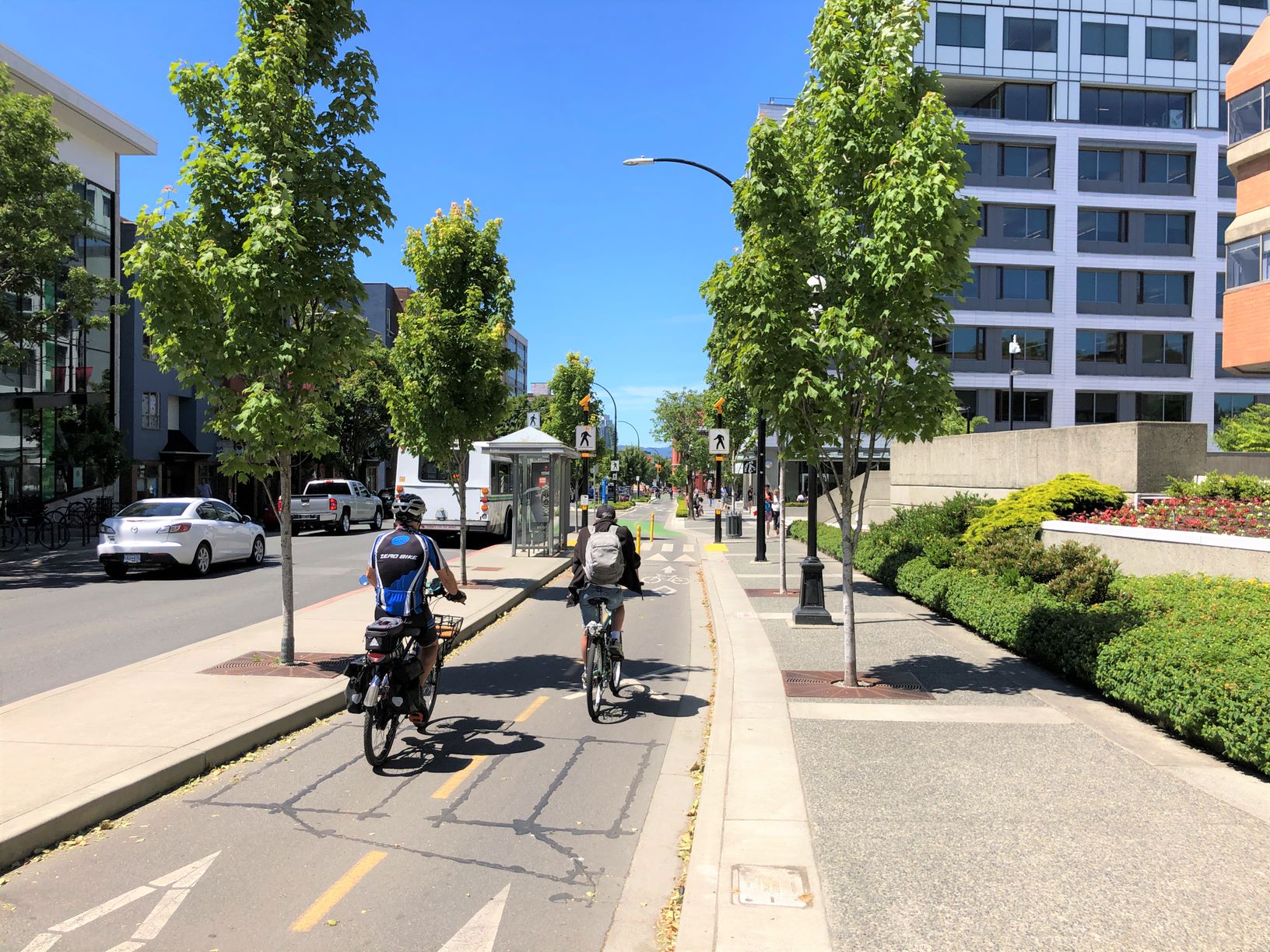
Cities can be the economic powerhouses of regions and nations, they can also house high levels of inequality. What are some of sources of economic growth in Victoria, and what are the ways in which you are working to ensure that the growth is shared across communities in Victoria?
The largest economic engine in Victoria is high tech, which generates approximately $5 billion in economic impact on an annual basis. Some tech sector companies work with communities that have been economically marginalised such as Indigenous communities. Tech companies are working with Indigenous communities to use data to understand more about the resources and challenges on their territories. To support the private sector and to create inclusive prosperity more generally, the city adopted Victoria 3.0 Recovery, Reinvention, Resilience as part of our pandemic recovery strategy. We were very deliberate when putting the plan together to address those who had fallen even further behind during the pandemic including youth, Indigenous, immigrant and newcomer businesses. Victoria 3.0 has deliberate actions to address the needs of each of these groups. Some practical examples include translating information available at the Business Hub at City Hall into two additional languages each year and holding information sessions at City Hall for newcomer and immigrant businesses. Victoria 3.0 also has a specific focus on supporting Indigenous businesses. This is being led by the South Island Prosperity Partnership through the creation of an Indigenous Prosperity Centre. The Indigenous Prosperity Centre is Indigenous-led and is working to better integrate Indigenous businesses and the young and growing workforce into the broader economy and increase sharing of best practices among Indigenous communities and businesses. In addition, in some of the signature initiatives in Victoria 3.0, such as the Centre for Ocean Applied Sustainable Technologies, or COAST, we are deliberately working to ensure the benefits of significantly growing the ocean and marine economy in our region are widespread and inclusive.
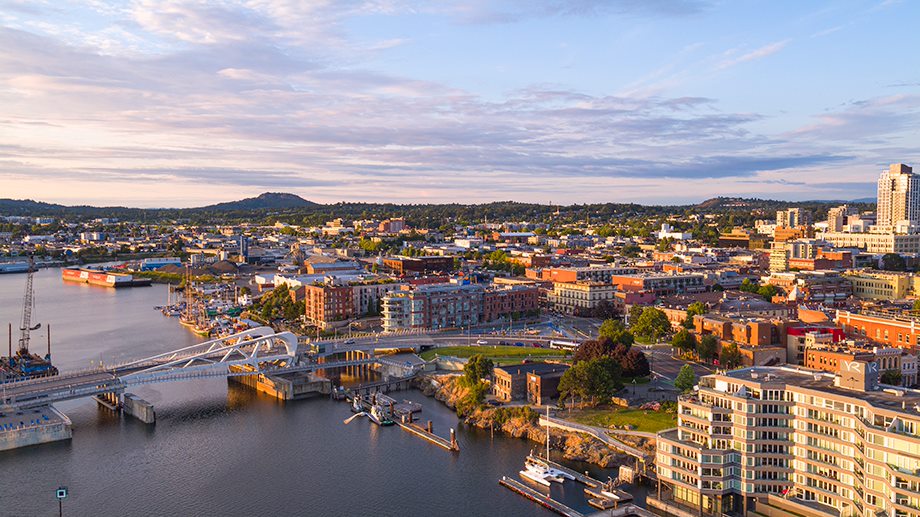
You developed the Victoria Housing Strategy to increase the supply of affordable rental housing and at the Champion Mayors 5th meeting you shared that the city has created a regional housing programme that aims to build 2000 units of housing. Why is it important to think regionally about Victoria’s housing needs and what outcomes have you seen so far taking this approach?
Victoria is the city centre of a quickly growing region. In order to ensure there is housing available throughout the region and, in particular, close to transit corridors, we came together as a region to create the Regional Housing First Program. A contribution of CAD $40 million each from the regional, provincial and federal governments will leverage $600 million investment in new housing. So far more than 1000 units of housing are completed or under construction with more in the planning and development process. This includes more than 200 homes so far for people moving out of homelessness. In addition, 5% of the units are accessible for people with mobility issues. One of the key challenges of the program is the increasing construction costs of the units because of supply chain issues caused by the COVID-19 pandemic. This will likely result in us not meeting the total of 2000 units we had hoped to achieve. However, with respect to housing, our city and regional governments have worked with the provincial and federal governments to create more housing beyond the Regional Housing First Program, including an additional 280 units for people experiencing homelessness. What we have found throughout the pandemic – and I know this is true for cities around the world – is that working in deep partnership with other orders of government as well as the non-profit sector – has allowed us to do much more than if we were working alone.
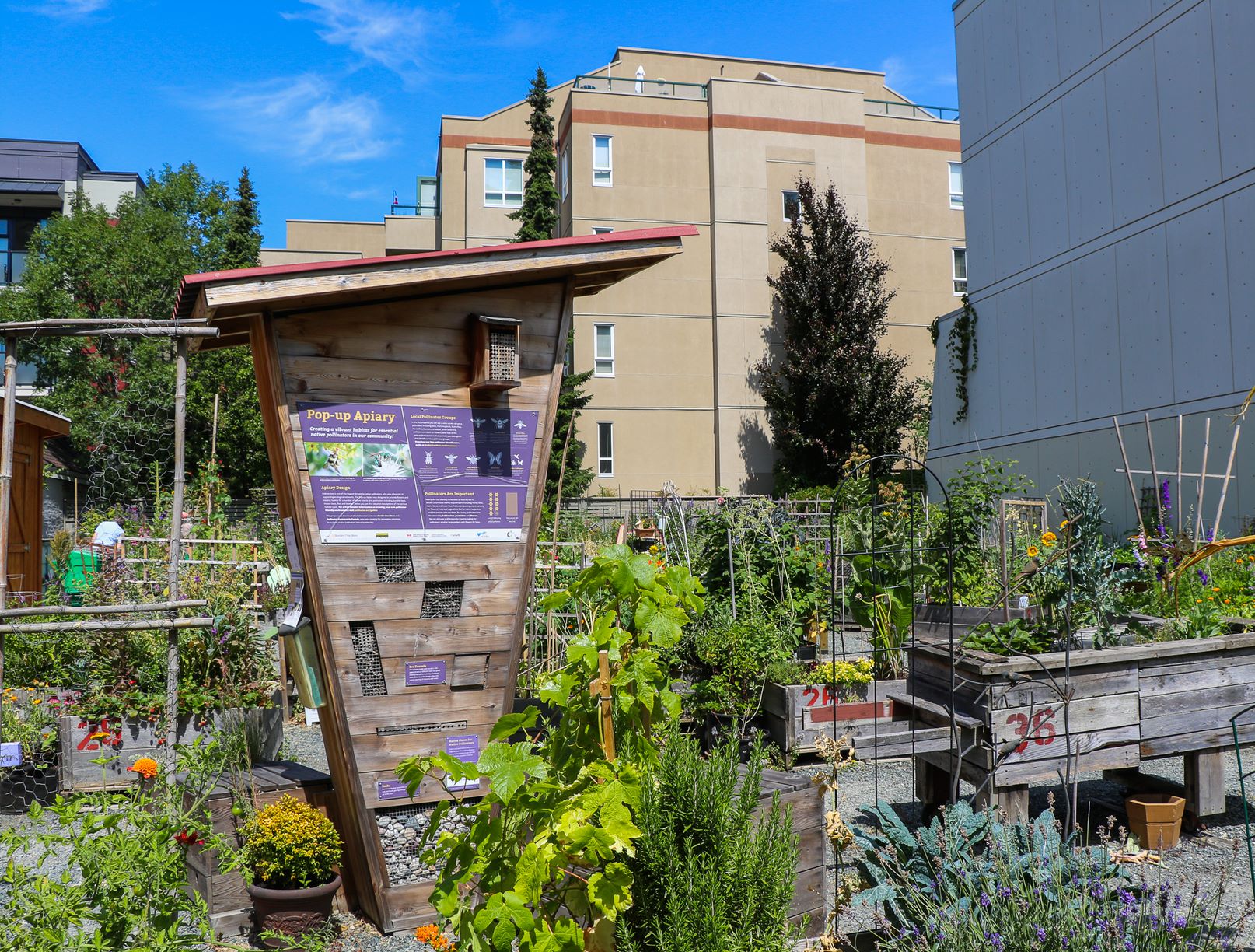
Inequality has been exacerbated by the COVID-19 pandemic with young people disproportionately affected. You have mentioned that you held a youth roundtable to gather input for your city recovery plan Victoria 3.0 Recovery, Reinvention and Resilience. Can you tell us more about how you view the role of city government in responding to the needs of youth in Victoria’s recovery and your initiatives to empower young people into participating in public life?
Participants in the Youth Economic Roundtable that helped shape Victoria 3.0 pointed to a comprehensive set of needs that youth have and would like addressed, from secure housing to tackling climate change. The City of Victoria Youth Strategy, created by and for youth, addresses some of these more general requests as do other City plans like the Victoria Housing Strategy and the Climate Leadership Plan. Specific to recovery, the City’s Youth Strategy Assistant helped with updating the City’s Business and Community Recovery Information Hub on our website to include youth resources. We’ve also worked with local youth employment organisations and created a ‘youth job opportunity’ infographic, highlighting current job openings that are youth-friendly and that pay above minimum wage. We were seeing a significant gap in youth receiving information on employment opportunities available for them, especially youth living in low-income communities. This infographic allows youth to access job postings and seek accessible employment. To address mental health challenges, which increased for many youth during the pandemic, the City of Victoria Youth Council worked closely with local community organisations to develop a ‘COVID-19 Youth Mental Health Toolkit’. Interestingly, we have seen an increase in youth engagement throughout the pandemic. In our 2021 budget town hall, the city hosted a youth budget engagement event in tandem with council’s budget town hall. While the number of participants was the same in comparison to the previous year, we had increased sustainable youth engagement – five participants registered to become a member of the City of Victoria Youth Council and have continued with the program. One reason for this increased engagement may be that throughout the COVID-19 Pandemic, all our youth programming occurred virtually. While we know this allowed us to reach a broader audience of youth, we also recognised that youth from disadvantaged or at-risk populations may not have regular access to a computer or tablet. To make sure that we still engaged with these young people, we worked with community organisations to provide youth with a computer or tablet to engage with our events and programming. Finally, Victoria’s new youth transit pass allows youth under 19 to access our bus system free of charge. This opens opportunities for employment in businesses and organisations they might not be able to access without free transit. This is especially important for youth living in low-income and/or marginalised communities.
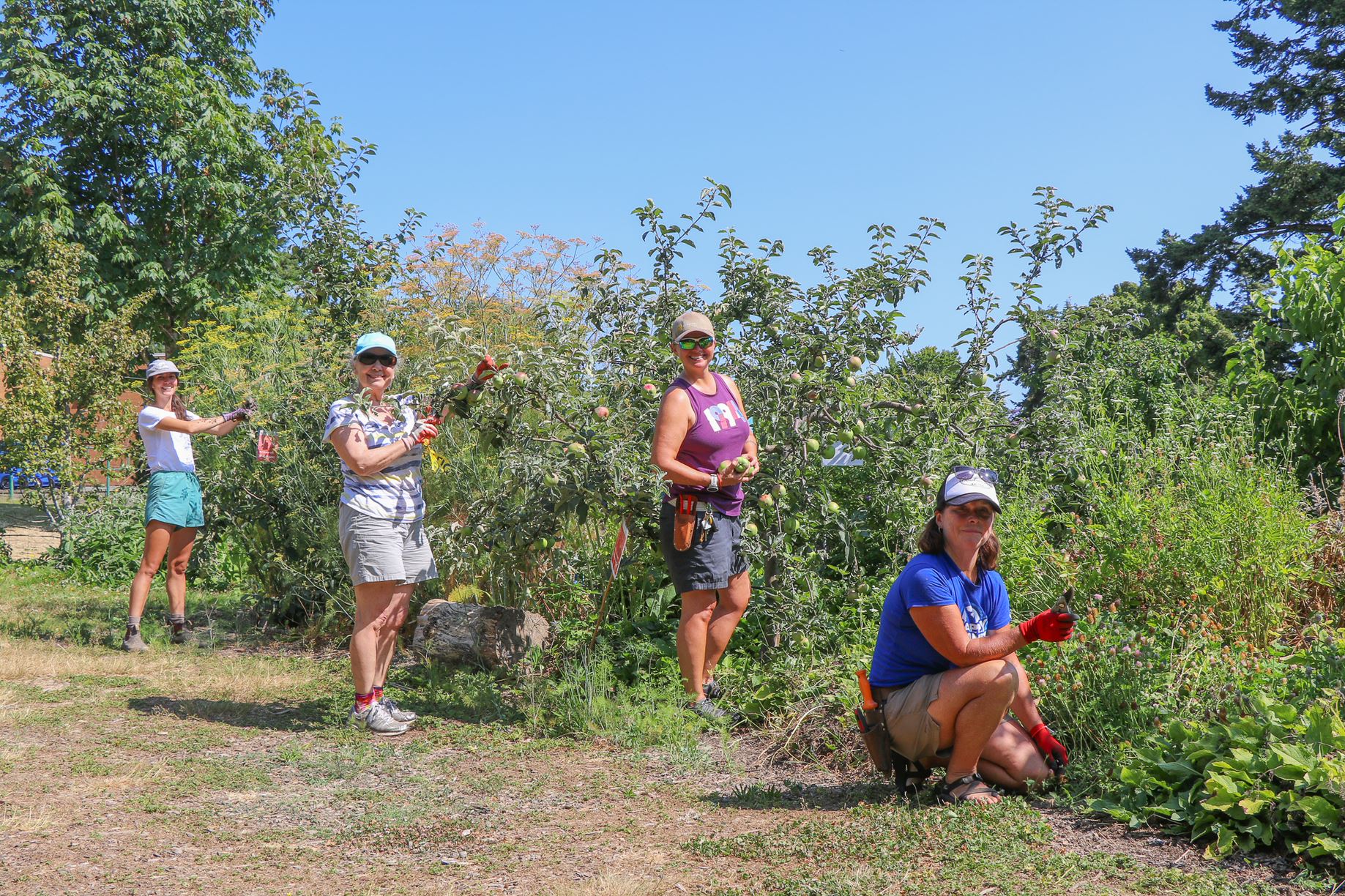
You have said ‘to get to 100 percent renewable energy by 2050 and to reduce greenhouse gas emissions 80 percent in that same year means we need to fundamentally change the way we live in cities’. Can you tell us how you plan to transition to an inclusive low-carbon economy in Victoria?
We have three plans that are key in shaping Victoria’s path to inclusive, low-carbon prosperity: Climate Leadership Plan, Zero Waste Victoria, and Go Victoria. Taken together, these three documents lay the groundwork for the transformation that is necessary to fundamentally change how we live in cities and how we build our city for the future. In Victoria, buildings account for 50% of GHG emissions, transportation for 40% and waste for 10%. Each of the plans starts with the “low hanging fruit” – what are the easiest things we can do that will have the biggest impact. For example, a significant number of Victoria homes are still heated with oil. Removing oil tanks will reduce emissions by 15%. So the City created a financial incentive program that – combined with provincial incentives – provides close to half the money needed for a household to replace an oil tank with a heat pump. The rest of the incentive comes from the savings to homeowners in energy bills over the long term. Go Victoria guides the transition to low-carbon mobility. A key goal of that plan – to reduce emissions by 18% – is that by 2030, 55% of trips are by walking and cycling and 25% of trips are by transit. To help achieve this we are building a 32km all ages and abilities bike network that connects neighbourhoods to the downtown, neighbourhoods with each other, and provides safe routes to schools and recreation centres. Even though there was a lot if initial push back and scepticism about reclaiming road space from people driving cars for people riding bicycles, we are already starting to see the benefits including more children and families commuting by bicycle. And there are economic benefits as well including a new bicycle store that specialises in family bicycles located in our downtown along one of the bicycle corridors. Zero Waste Victoria is also beginning with the big issues, like the amount of construction waste that goes into our landfill as older single-family homes are demolished to make way for higher density, lower impact buildings. The city is in the process of enacting a deconstruction bylaw that will require all single family homes and duplexes to be deconstructed and recycled rather than put into the landfill as waste. These are just a few examples. Please feel free to download the three plans to see more actions.
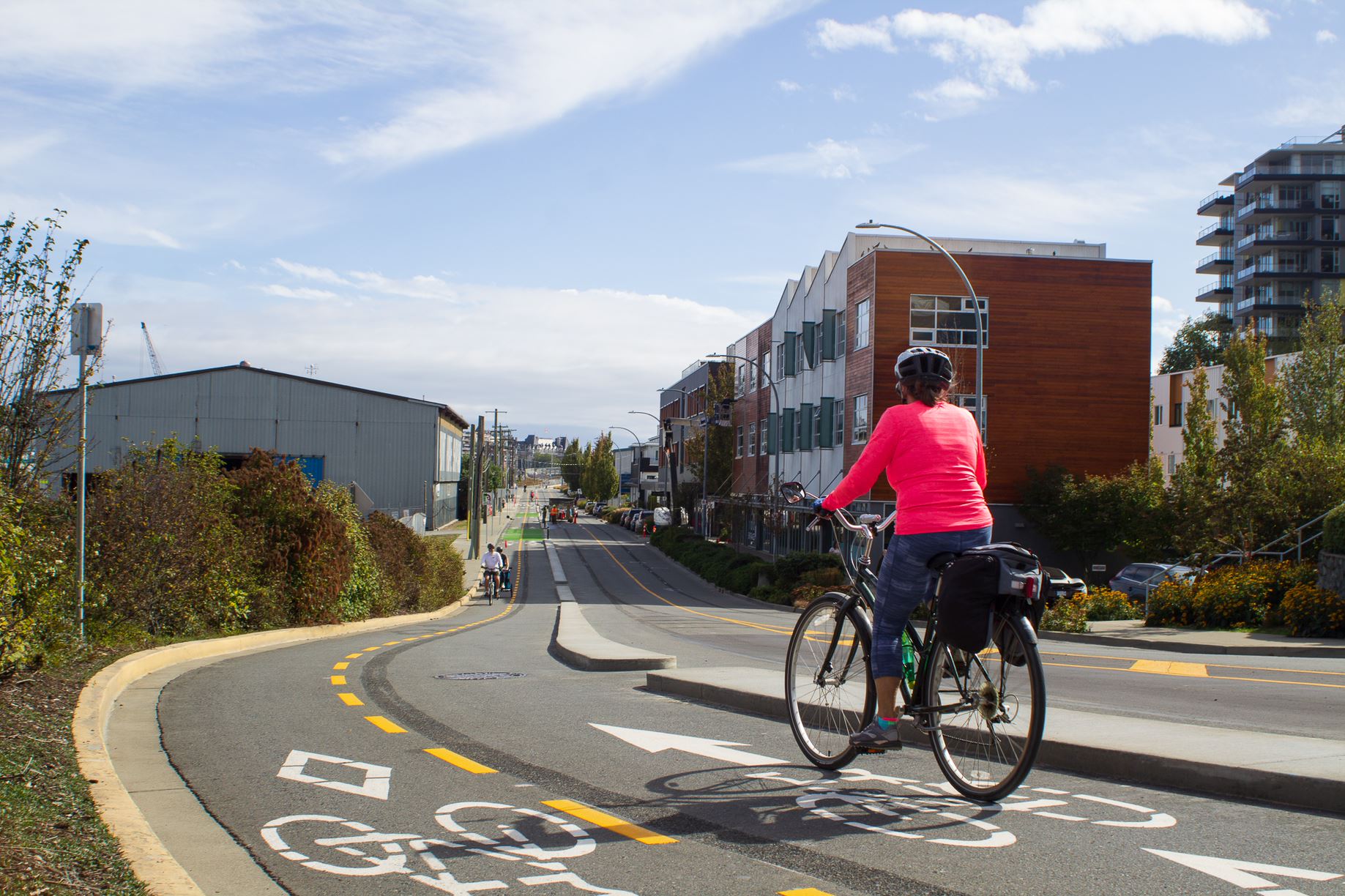
Together with the South Island Prosperity Partnership, you recently hosted Rising Economy Week, to bring global and local thought leaders together to explore how to create economies by design, rather than by default. What do you believe are the advantages of city leaders working together, and how can international cooperation help tackle global challenges such as inequality and exclusion, particularly in the COVID-19 aftermath?
At the Rising Economy conference, the Council Leader of Glasgow (UK) Susan Aitkens joined us. She talked about her experience hosting the world at COP26 and how Glasgow Council Chambers was a gathering place for the city leaders at COP. She said she was inspired by the energy, ideas, and concrete actions that were shared there, that are already underway to address the climate crisis. As well as this high-level overview, she also shared that in Glasgow they are working on a regional housing retrofit program to help reduce emissions and to tackle energy poverty. We are doing the same thing here in our region but wouldn’t have known about Glasgow’s similar approach without this opportunity to connect and exchange. Cities have the capacity to deliver the future the world needs, from land use planning to building inclusive economies. All the knowledge to tackle inequality and exclusion, and to recover from COVID, are already available; the strength is in cities coming together to share that knowledge with each other and to learn from each other, so that we can accelerate the changes that are needed.

